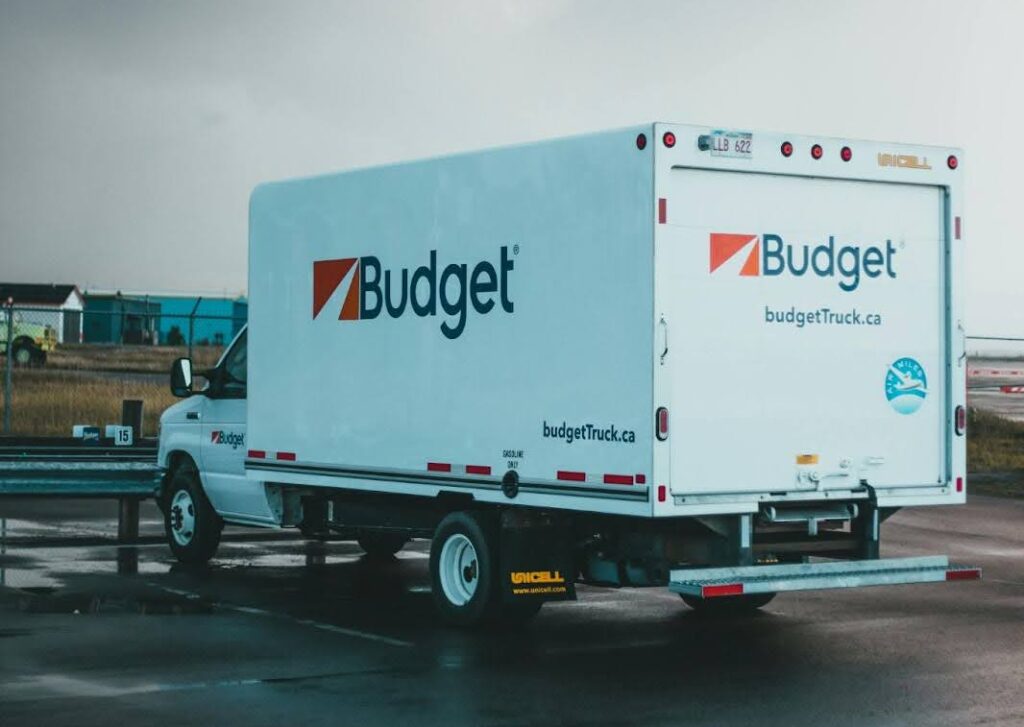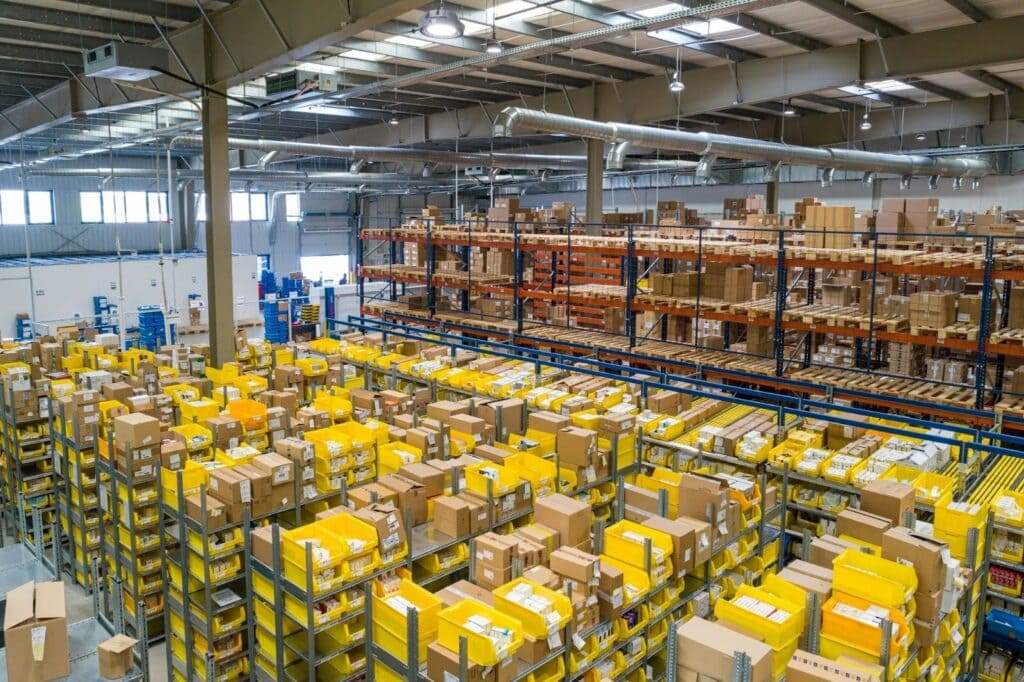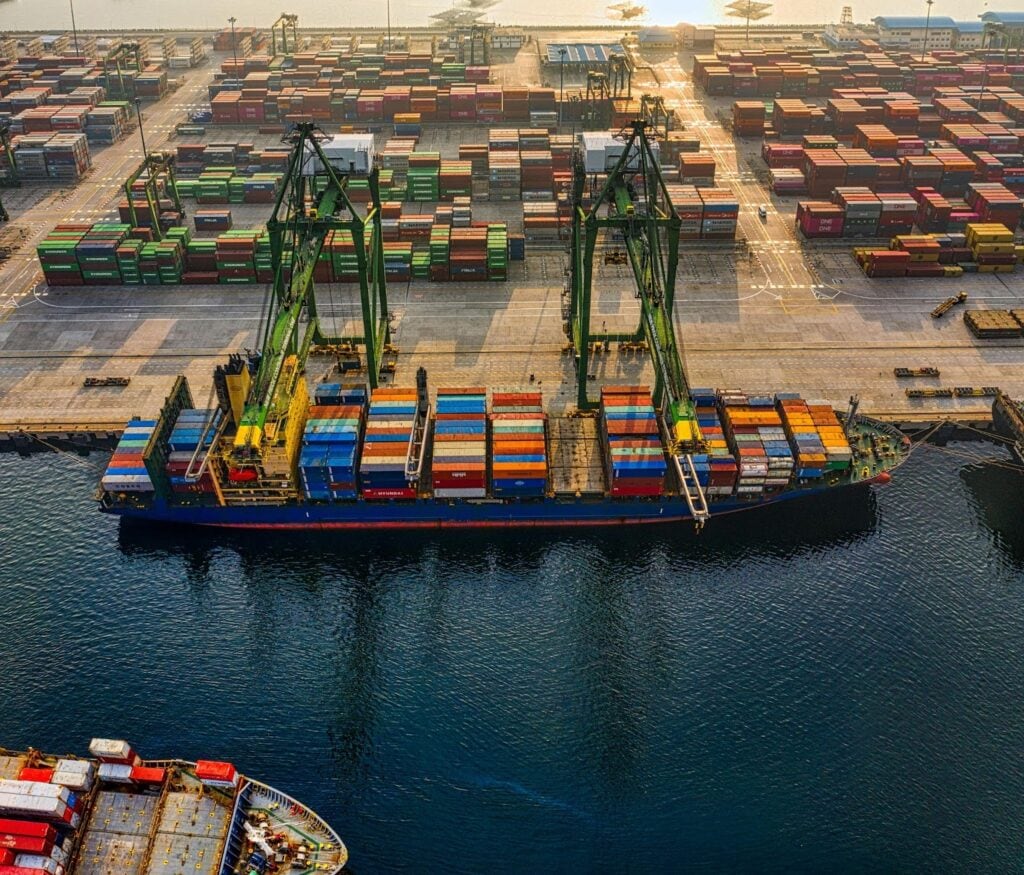Articles
Knowledge Center

Box Trucks: Definition, Types, and Cargo
Box trucks, also known as cube or straight trucks, are the core component of the logistics industry. Their box-like cargo area makes them a favorable choice for wholesalers and manufacturers. They are helpful for local deliveries and long-haul transportation. Box trucks facilitate the movement of goods and materials with ease. Their versatility, accessibility, and capacity […]
Read More
Straight Bill of Lading: Definition, Significance, and Characteristics
The straight bill of lading provides a clear record of a shipment’s journey and defines ownership during transit. Understanding the straight bill of lading can help you find a way to resolve the complexities of the shipping process.
Read More
Distribution Channels in Logistics: Definition, Types, and Components
Distribution channels in logistics are the lifelines that connect the dots between production and consumption, ensuring that goods find their way to the final customer efficiently and effectively. These channels are not just routes on a map but the strategic networks underpinning efficient supply chain management. They make sure that inventory management aligns with customer […]
Read More
Master Bill of Lading: What It Is, Key Features, and Issuing Process
In navigating the complexities of global shipping and logistics, the Master Bill of Lading emerges as a cornerstone document, orchestrating the seamless movement of goods across oceans.
Read More
What is Cartage in Shipping and Logistics? Definition, Types, and Process
Cartage services play a crucial role in enhancing the efficiency and effectiveness of cargo transportation, especially over short distances. Through various types, such as local, terminal, and pier cartage, these services ensure that freight reaches its final destination promptly and securely.
Read More
What is Flexible Warehousing? Definition, Benefits, and What to Look For
Flexible warehousing stands at the forefront of modern logistics, offering scalability, cost savings, and operational efficiency. It empowers businesses to swiftly adapt to changing market demands and seasonal fluctuations without the long-term commitments of traditional warehousing.
Read More
Surrender Bill of Lading Explained: Benefits, Applications, and Role in Shipping
Understanding the complexities of global shipping demands a thorough understanding of documents like the surrender bill of lading. This guide explains its role in transferring legal ownership, streamlining the shipping process, and minimizing legal problems.
Read More
Stale Bill of Lading: Definition, Importance, and Benefits
A bill of lading plays a pivotal role in logistics and shipping. This legal document, which serves as a receipt for the shipment of goods, outlines the terms under which cargo is transported. It covers various types, from straight bills to negotiable ones, each with specific functions and purposes. Central to ensuring a smooth transaction, […]
Read More
What is Wholesaling? Definition, Components, and Challenges and Solutions
Wholesaling is a critical aspect of commercial shipping. But what is wholesaling? It acts as the intermediary link between manufacturers and retailers in the supply chain. Efficient wholesale shipping ensures smooth logistics operations and timely delivery to the end consumer. In this guide, we will clarify the definition, components, challenges, and solutions of wholesale shipping […]
Read More
10 Challenges in Retail Warehousing
Embracing solutions like automated systems and strategic space utilization are essential steps in overcoming warehouse management challenges and enhancing the performance of retail warehouses.
Read More